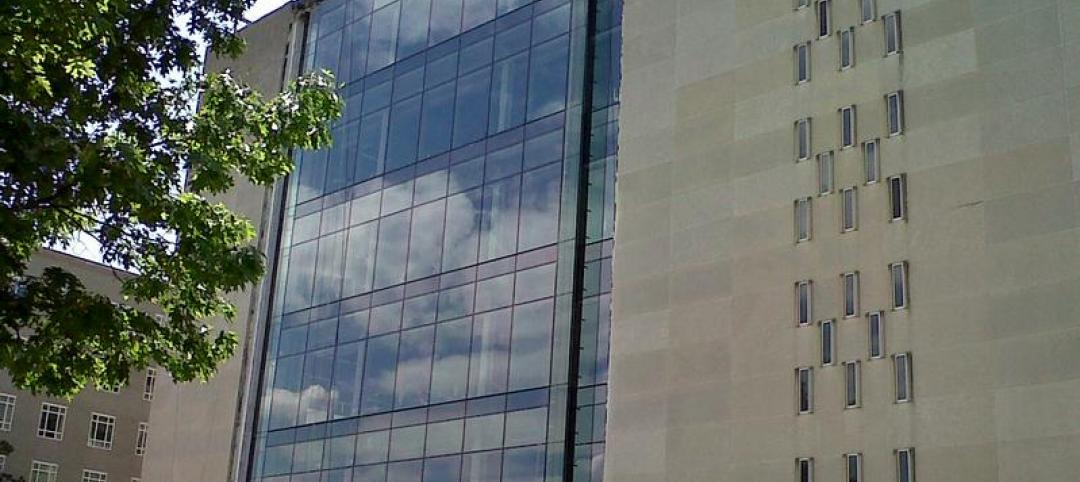The International Union of Architects (UIA), representing approximately 2.3 million architects worldwide through 124 national member sections, has unanimously adopted the 2050 Imperative committing to environmental and social sustainability.
The historic declaration, presented on August 8th at the UIA World Congress in Durban, recognizes the urgency of the UIA and its member organizations, including the American Institute of Architects (AIA), in committing to a truly sustainable and equitable future. A delegation from the AIA, including AIA President, Helene Combs Dreiling, FAIA, supports the declaration.
“We have made great strides towards a sustainable built environment, but we still need to advance the industry to make sustainable design the de facto standard for all construction projects,” said AIA President, Helene Combs Dreiling, FAIA. “Sustainable design practices implemented by the world’s architects will mitigate climate change and ultimately save lives.”
Urban areas are responsible for over 70 percent of global energy consumption and CO2 emissions, mostly from buildings, and over the next two decades an area roughly equal to 60 percent of the world’s total building stock is projected to be built and rebuilt in urban areas. This provides an unprecedented opportunity to reduce fossil fuel CO2 emissions by setting the global building sector on a path to phase out CO2 emissions by 2050, the declaration stated:
“Our responsibility is to influence ethical and socially responsible development throughout the world: to plan and design sustainable, resilient, carbon-neutral and healthy built environments that protect and enhance natural resources and wildlife habitats, provide clean air and water, generate on-site renewable energy, and advance more livable buildings and communities.”
By adopting the 2050 Imperative, member organizations have committed to advocacy and promotion pertaining to planning and design of carbon neutral cities, towns, urban developments and new buildings; engaging in research and setting targets towards meeting the 2050 goal and developing and delivering equitable access to the information and tools to deliver these objectives.
The full declaration is available to view here.
Related Stories
| Jun 11, 2012
Hill International selected as CM for Porto Arabia Towers in Qatar
The complex is a mixed-use development featuring both residential and commercial properties.
| Jun 8, 2012
Living Building Challenge wins the 2012 Buckminster Fuller Challenge
The Living Building Challenge was chosen from a pool of 122 of entries from around the world.
| Jun 8, 2012
Nauset Construction completing sustainable dorm for Brooks School
Student input on green elements provides learning experience.
| Jun 8, 2012
Skyline Construction names Millitello president
Millitello is a 31-year veteran who has overseen the construction of campus-size projects.
| Jun 8, 2012
Thornton Tomasetti/Fore Solutions provides consulting for renovation at Tufts School of Dental Medicine
Project receives LEED Gold certification.
| Jun 8, 2012
Allsteel names Kris Yates to head architectural products group
Yates is responsible for the start up, launch and ongoing sales and marketing of Allsteel’s new Beyond movable walls.
| Jun 8, 2012
Chestnut Hill College dedicates Jack and Rosemary Murphy Gulati complex
Casaccio Yu Architects designed the 11,300-sf fitness and social complex.
| Jun 7, 2012
Waterline exhibition displays visions for re-thinking the Chicago River
The designs of Waterline showcase why the Chicago River should once again be considered the city’s most important asset and sets the stage for increased awareness, education and reinvention of the River.
















